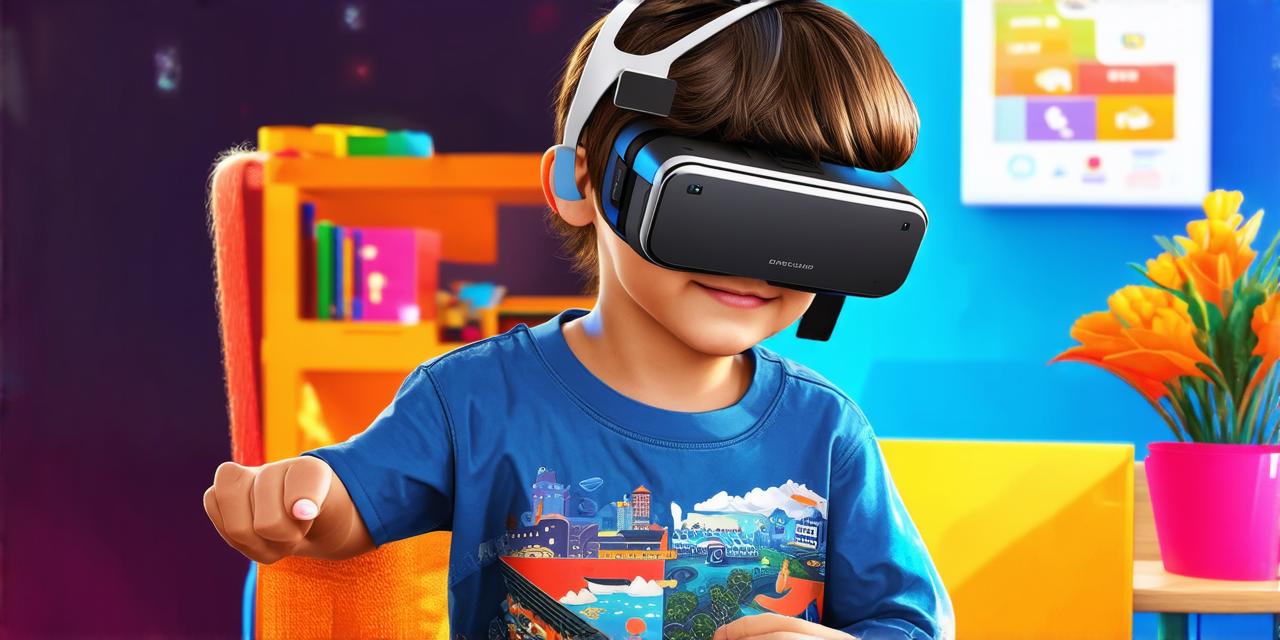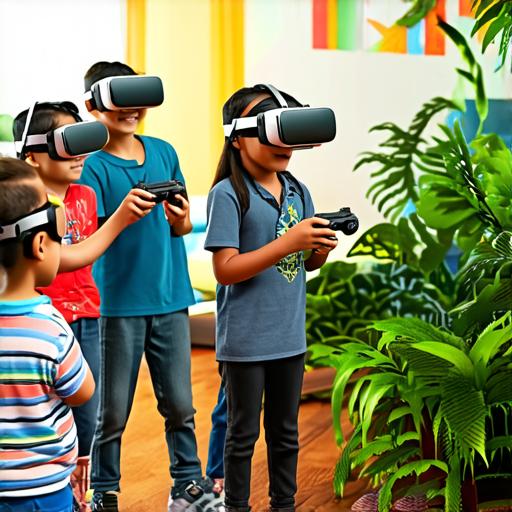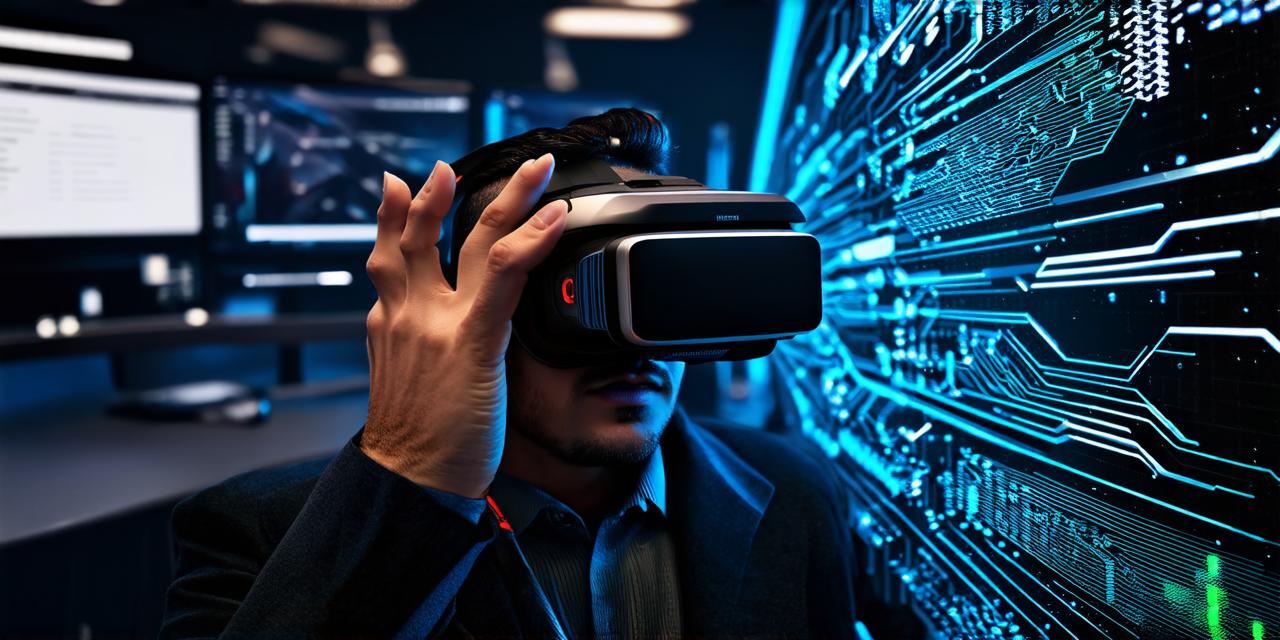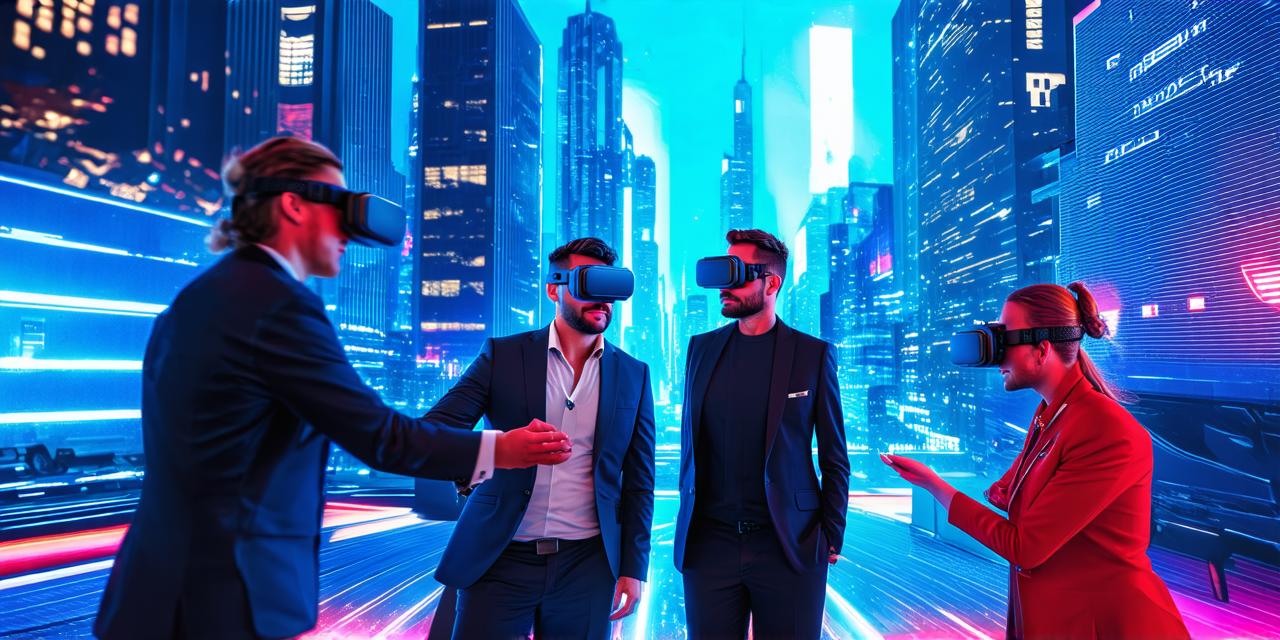Benefits of Virtual Reality for Kids
One of the main advantages of virtual reality is that it can be a highly engaging and immersive experience for children. By placing them in a simulated environment, VR can help kids develop their imagination, creativity, and problem-solving skills. For example, VR games can provide children with opportunities to explore new worlds, interact with different characters, and overcome challenges in ways that traditional games cannot.
In addition, virtual reality can also be a valuable tool for education. Many VR programs are designed to teach kids about history, science, and other subjects in an interactive and engaging way. By using VR to learn, children can gain a deeper understanding of complex concepts and ideas, and develop their critical thinking skills in the process.
Virtual reality can also be a great tool for therapy and rehabilitation. For example, VR technology can be used to simulate real-life scenarios that may be difficult or impossible for children with physical disabilities to experience in person. This can help them develop their motor skills, confidence, and independence.
Risks of Virtual Reality for Kids
Despite the potential benefits of virtual reality, there are also some risks that parents should be aware of. One of the main concerns is that VR technology can be isolating and disorienting for children. Spending long periods of time in a simulated environment can lead to feelings of loneliness and detachment from the real world, which can have negative effects on their mental health and well-being.
Another risk associated with virtual reality is that it can be physically taxing on children’s eyes and head. Spending too much time in a VR environment can cause motion sickness, headaches, and other eye strain symptoms. This can be particularly problematic for children who already have vision problems or are prone to motion sickness.
Finally, there are concerns about the content of virtual reality games and experiences. Some VR programs contain violent or graphic imagery that may not be suitable for younger children. Parents should carefully research the content of any VR program before allowing their children to use it.
Making Informed Decisions About Virtual Reality for Kids
Given the potential benefits and risks of virtual reality, parents need to make informed decisions about whether or not to allow their children to use this technology. Here are some tips to help you make the best decision for your child:
- Consider your child’s age and developmental needs. Virtual reality may be too isolating or disorienting for younger children, while older kids may benefit from its immersive and engaging nature.
- Set limits on how much time your child spends in a VR environment. It’s important to strike a balance between allowing them to explore new worlds and experiences, and ensuring that they don’t become too isolated or disconnected from the real world.
- Monitor the content of any VR program before allowing your child to use it. Make sure that the program is age-appropriate and doesn’t contain violent or graphic imagery.



